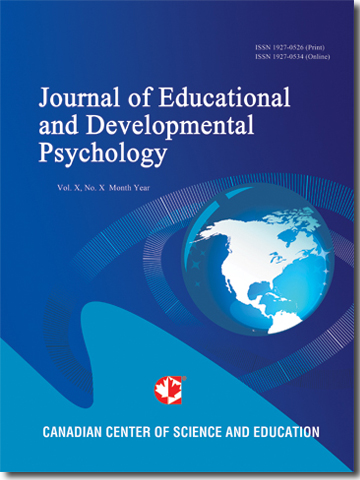Exploring the Protective and Promotive Effects of School Connectedness on the Relation between Psychological Health Risk and Problem Behaviors/Experiences
- Michael Furlong
- Jill Sharkey
- Matthew Quirk
- Erin Dowdy
Abstract
The broad construct of school connectedness has been identified as a developmental protective factor due to itsassociation with lower involvement in a variety of problem behaviors. However, resilience research differentiates
between protective (lower frequency of problem behaviors primarily in the presence of high risk) and promotive
(lower frequency of problem behaviors primarily in conditions of low risk) developmental influences, and this
has been an understudied aspect of school connectedness. This study examined the potential protective and
promotive influences of school connectedness in a sample of 3,220 students in Grades 8, 10, and 12 from four
California school districts. These youths completed self-reports of their psychological health risk, perceptions of
school connectedness, and involvement in problem behaviors/experiences. Taking a person-focused data analysis
approach, a series of multinomial logistic regressions found that although school connectedness was protective
for involvement in problem behaviors/experiences, more support was found for its promotive influences.
Implications for research and practice are discussed.
- Full Text:
 PDF
PDF
- DOI:10.5539/jedp.v1n1p18
Journal Metrics
(The data was calculated based on Google Scholar Citations)
1. Google-based Impact Factor (2021): 1.11
2. h-index (December 2021): 29
3. i10-index (December 2021): 87
4. h5-index (December 2021): N/A
5. h5-median (December 2021): N/A
Index
- Academic Journals Database
- CNKI Scholar
- Copyright Clearance Center
- CrossRef
- Elektronische Zeitschriftenbibliothek (EZB)
- EuroPub Database
- Excellence in Research for Australia (ERA)
- Harvard Library
- Jisc Library Hub Discover
- JournalSeek
- JournalTOCs
- LIVIVO (ZB MED)
- LOCKSS
- MIAR
- Open Access Journals Search Engine(OAJSE)
- PKP Open Archives Harvester
- Publons
- ROAD
- Scilit
- SHERPA/RoMEO
- Standard Periodical Directory
- Stanford Libraries
- Technische Informationsbibliothek (TIB)
- UCR Library
- UoB Library
- WorldCat
- Zeitschriften Daten Bank (ZDB)
Contact
- Carol WongEditorial Assistant
- jedp@ccsenet.org
